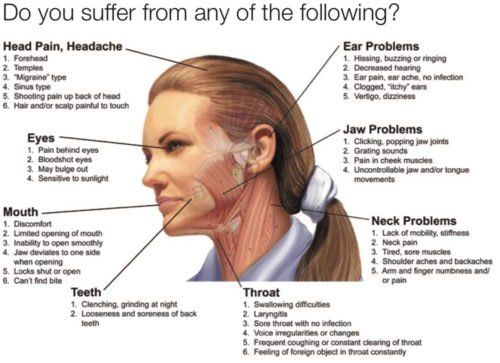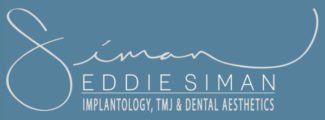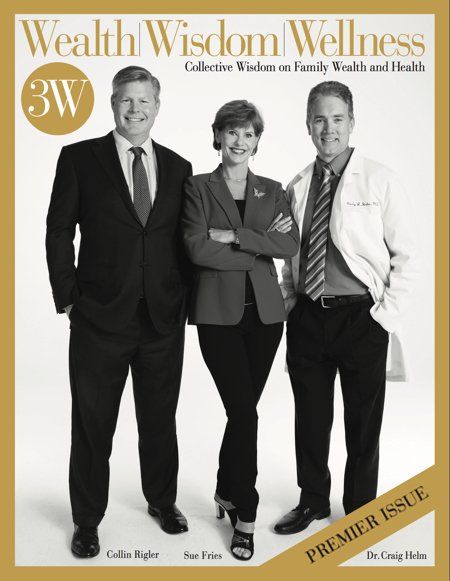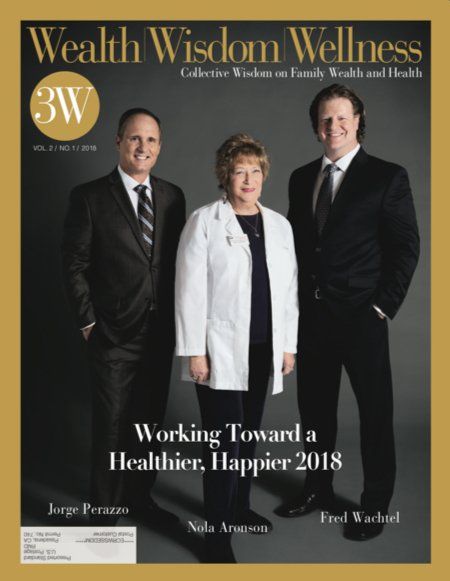Designing the Future of Smiles

Dr. Siman is an architect of smile design. He is also a world renowned leader in alleviating people’s suffering from TMJ issues such as headaches, migraines, ear congestion, ringing in the ears, neck pain and teeth grinding. He teaches dentists around the world the benefits of building a practice based on first balancing a patients bite by eliminating TMJ issues before designing and only then beautifying their smile. A graduate of UCLA, Eddie Siman received his doctorate from the University of the Pacific in San Francisco. He is the author of two books, Life Changing Transformations and TMJ/ TMD Treatment and Relief. Dr. Siman has transformed the lives of many Hollywood celebrities and has been featured in various media and publications, most recently on “The Doctors” television show featuring his one day smile makeover.
For over 30 years Dr. Siman has been perfecting his expertise in Smile Design, Cosmetic Dentistry, Implantology, Dental Surgery, IV Sedation, Neuromuscular Dentistry and TMJ Treatments. Dr. Siman has earned the right to be considered a true dental artiste.
When viewing before-and-after photos of some of Dr. Siman’s many happy patients, you can’t help but marvel at their life-changing transformations by looking at their eyes in the “after” photographs. They look years younger and much happier.
Let’s meet the amazing Dr. Eddie Siman at his modern, luxurious, state-of-the art facility in Sherman Oaks:
3W: Dr. Siman, when you were growing up did you always aspire to become a dentist?
Dr. Siman: Actually, no. When I was a kid I was more interested in becoming an architect. I always liked to envision and design things. I used to draw up plans for my ideas and I had a natural sense of how things should look and eventually turn out.
3W: Do you find that your early aspirations are somehow connected to what you do now?
Dr. Siman: Absolutely! There are many elements of construction, design and architecture in what I do. Creating a natural smile and a long-lasting, stable set of teeth that is going to feel good, requires a solid foundation. Building this foundation requires planning and visualizing the final product.
3W: What has been the driving force behind your gaining more knowledge and expertise year after year?
Dr. Siman: At the beginning of my career I was taught to restore just a section of the mouth. This limited approach didn’t even begin to address the extensive and complicated needs of my patients. In response, I dedicated my career to advancing my knowledge and keeping up with the latest technology and treatment protocols, all while adding three decades of invaluable experience. Now I can restore someone with no teeth to a full set of 28 teeth in one day while the patient sleeps. The first step is conceiving and building a foundation to support a smile that will look good within a unique frame, which is your lips and most importantly your facial
structure. As you can imagine, we can’t just take a cookie cutter approach! It’s all got to be custom designed because people come in all shapes sizes, and complexions.
3W: How does ethnicity play a role in your custom smile design?
Dr. Siman: Most of the textbooks we studied in dental school were based on studies done in the 1900’s on the facial structures of Europeans, essentially limiting our training to the aesthetic of just a fraction of the population. I wouldn’t dream of trying to apply those same principles to the patients we see in our practice today. I create beautiful smiles for people of all ethnicities, facial characteristics and skin tones. The concept that each patient’s smile is truly unique makes what I’m doing so much more advanced than that of general dentists.
3W: You have studied the “psychology” of smiles. How does changing the shape of a patient’s teeth effect the “psychology” of their smile?
Dr. Siman: Your smile is your introduction to the world. Often we look at someone and perceive them to be assertive if their front teeth have square edges and their canine teeth are pointed. Picture some of Hollywood’s leading men, Tom Cruise, Denzel Washington or Harrison Ford; it’s not by accident or coincidence that they each have dominant and assertive smiles. By simply rounding or sharpening the edges of a smile, I am able to soften or harden its appearance in a matter of minutes.
3W: What types of equipment do you house here in your office that enable you to perform these types of procedures?
Dr. Siman: We have a 3D scanner that digitally scans a patient’s teeth and produces a model of the patient’s jaw. This allows me to plan what the teeth are going to look like on the computer, designing with precision a set of teeth that fits perfectly. As a side benefit, we no longer have to jam a tray into the patient’s mouth and wait for the molding goop to harden in the patient’s mouth. We also have a CT scanner that generates a 3D image enabling us to view the entire jaw joint so we diagnose what may be causing a patient’s pain. Another key piece of equipment is an electromyogram (EMG) that I use to test the relaxation levels of the jaw muscles related to TMJ to ensure that the smile reconstruction is comfortable and enjoyable for my patients for the rest of their lives.
3W: What is TMJ and why is it the source of pain and discomfort for so many of people?
Dr. Siman: Along with full-mouth reconstruction, diagnosing and treating TMJ disorders is the primary focus of our practice. TMJ is an acronym for temporomandibular joint and it is located near your ears where your jaw connects with your skull. This unique joint is the one we use the most in our entire body. This joint is necessary for nearly all of the activities that involve your mouth, including eating, talking, laughing and yawning. The health of the TMJ is important to your overall well-being because the muscles that move the jaw are connected to your head, neck and shoulders. If these muscles come under pressure due to misalignment, the result can be spasms that travel to the temples causing headaches or pain around the face or jaw joint limiting one’s ability to open the mouth.
3W: You spoke earlier of the “Happy Bite” what does that mean?”
Dr. Siman: With the textbook bite you have a slight overbite in which the top teeth rest slightly over your bottom teeth. But a good-looking bite is not necessarily a happy bite. A happy bite is when your muscles are happy. I see many patients that have had braces where the orthodontist has done a great job of giving them a very beautiful, straight set of teeth. Unfortunately, they may have jaw problems and muscle tension as the unintended consequence of this treatment.
3W: Let’s list some of the symptoms of TMJ.
Dr. Siman: They include migraines, headaches, facial pain, shoulder pain, neck pain, teeth grinding, ringing in the ears and ear congestion. The problem is that most practitioners, including dentists, doctors and chiropractors, address the symptoms because they don’t have the training and technology to diagnose and address TMJ, the root cause of all these issues. An all-too-common example of this is the night guard provided to teeth grinders. The night guard will physically keep the top and bottom teeth from touching but doesn’t prevent the grinding motion or address the source of the problem in any way. As a result, most night guard users have painful symptoms.
3W: Who is responsible for correctly diagnosing TMJ?
Dr. Siman: That’s another problem. TMJ problems should be treated as multi-disciplinary, meaning they are dental as well as a medical, issues. Unfortunately, as many TMJ sufferers learn only after seeing multiple specialists, TMJ falls into a gap between the two professions. As dentists, we are mechanical people. We are taught basic anatomy, but the core of our training is fixing dental problems such as gum problems, root canals, cavities and broken teeth. We are taught some things about jaw function, but that’s pretty much where it ends. Dentists who truly want to be well versed in other modalities need to study for years, continuing their education, which is what I chose to do. On the other hand, medical doctors rarely have any training in this field. The reality is that very few healthcare professionals have a complete understanding of this issue. I have dedicated 30 years of my career in expanding my knowledge in the field of diagnosing and curing TMJ.
3W: Dr. Siman, what is your vision for the future. How do we duplicate the kind of office and practice you have here with all this state-of-the-art technology under one roof?
Dr. Siman: Recent technology that is being incorporated into modern dentistry is not being taught in dental schools and I would like to see that changed. Dentists that have practiced for many years must learn new technologies in order to stay current. Never in my wildest dreams did I imagine there would be a CT scanning machine sitting in my office. I’m involved in teaching dentists from all over the world the techniques I have developed to build a practice that offers implantology, TMJ and aesthetics. The synergistic combination of these modalities has enabled me to transform thousands of lives over the past 30 years. Imagine if you had two dentists to choose from, both of whom can give you a new smile, but with the State-of- the-art Technology I have under one roof I can give you a new smile, take care of your headaches, make sure you don’t grind your teeth, and eliminate your neck problems. Which dentist would you choose?
800-92-SMILE
Dr. Siman has two offices to serve you:
Sherman Oaks Office
14629 Ventura Boulevard
(818) 574.5100
www.millenniumdental.net
Beverly Hills Office
414 N. Camden Drive #1240
(310) 734-8525
www.tmjbeverlyhills.com
www.youngersmiles.com
Wealth Wisdom Wellness is published by CT3Media, Inc.
© Wealth | Wisdom | Wellness Magazine. All Rights Reserved.
ABOUT US
Wealth | Wisdom | Wellness is published by CT3Media, Inc.
© Wealth | Wisdom | Wellness Magazine. All Rights Reserved.







